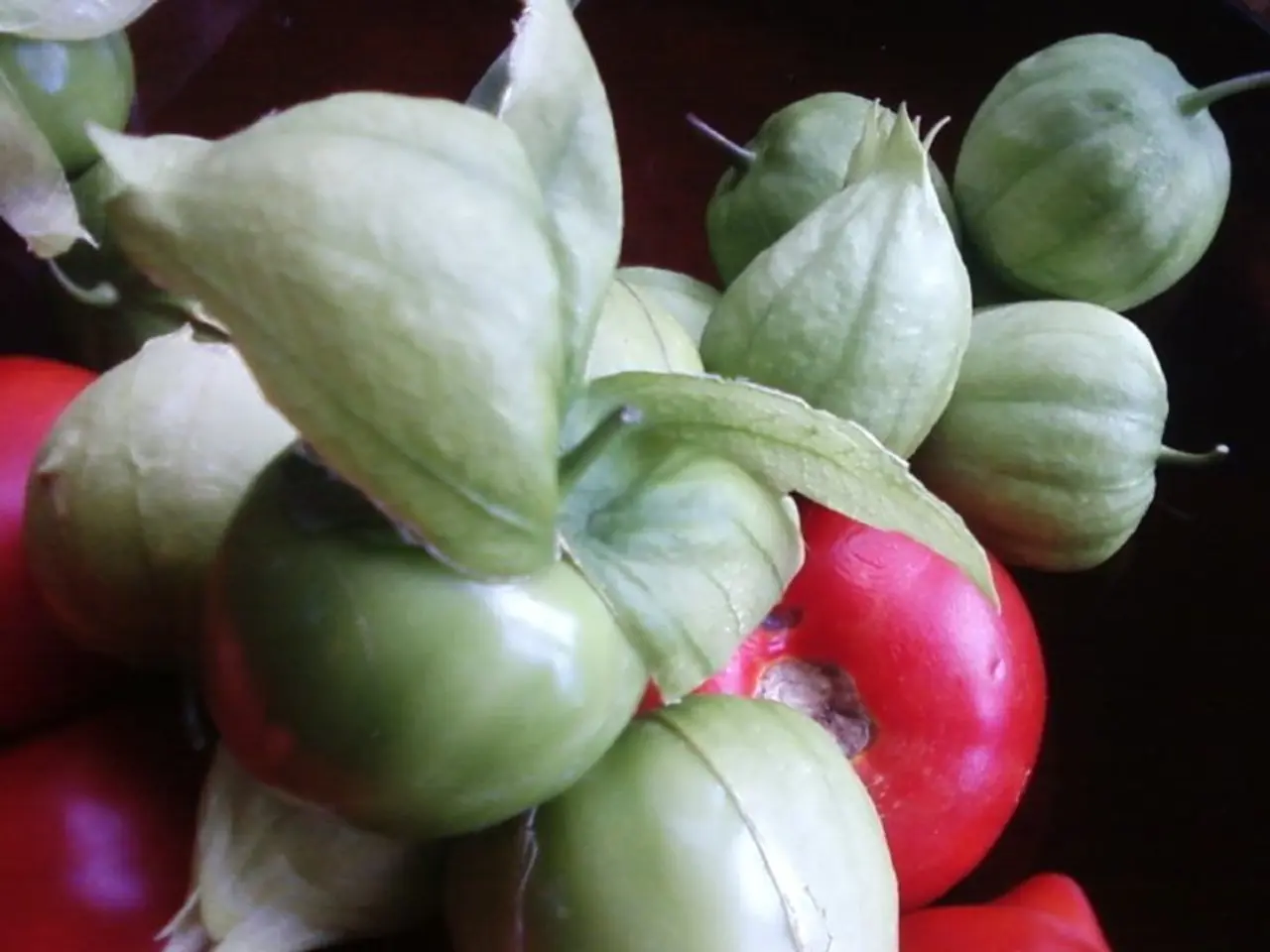Techniques for Eliminating Cover Crops in Your Vegetable Patch Garden
In home vegetable gardens, the process of terminating cover crops is an essential step towards preparing the soil for the next crop. This guide explores various mechanical, cultural, and chemical methods available for cover crop termination, each with its unique advantages and suitability.
**1. Winter Kill**
A natural and cost-effective method, winter kill is ideal in colder climates where frost kills the cover crops. This method requires no effort but depends on the climate and the specific cover crop species. It works best for cover crops grown late in the season and left to freeze to death before spring planting.[1]
**2. Mowing**
Mowing, preferably with a flail mower, is a common physical method to terminate cover crops. By cutting down the plants, mowing prevents seed production and weakens the cover crops. However, mowing alone may not fully kill all cover crop roots, especially in warm seasons, so additional measures might be necessary.[1][3]
**3. Crimping**
Crimping involves crushing the vascular tissue of cover crops with special equipment, such as a crimping roller, to kill them without tilling or chemicals. It's successful for large areas and can be adapted for smaller gardens with manual tools. Crimping kills the cover crop while leaving residue as mulch for the next crop. It works well when cover crops are grown to flowering or late growth stages.[1][5]
**4. Smothering (Tarping)**
Smothering cover crops under a tarp or heavy mulch blocks light and kills roots due to a lack of photosynthesis. This method can be combined with mowing to enhance effectiveness. Tarping allows no-till gardening by leaving dead cover crop residue as mulch.[1][2]
**5. Tilling & Digging**
Traditional tilling or digging physically incorporates cover crop biomass into the soil, effectively terminating the cover crops but potentially disrupting soil structure and microbial communities. Timing is crucial; waiting after mowing may allow weed seeds to be predated before tillage, reducing the weed seed bank.[2]
**6. Herbicides**
In conventional home gardens, herbicides can be used for quick and thorough termination, but they are less preferred in organic or small-scale vegetable production due to potential chemical residues and environmental impact. Some cover crops are sensitive to herbicide residues from previous crops, affecting establishment.[3]
**7. Combinations of Methods**
Combining techniques often gives the best results. Examples include: - Mowing followed by tarping to ensure complete kill. - Crimping combined with no-till transplanting into the dead mulch. - Mowing followed by delayed tilling to allow seed predators to reduce the weed seed bank.
**Summary Table**
| Method | Effectiveness | Suitability | Notes | |------------------|------------------------|-------------------------------|----------------------------------------------------| | Winter Kill | Low to moderate | Cold climates, late plantings | No labor, climate dependent | | Mowing | Moderate | Small to medium gardens | May need follow-up method | | Crimping | High | Larger areas or manual small | Maintains no-till residue, kills at flowering stage| | Smothering | Moderate to high | Organic, no-till gardens | Needs tarp or heavy mulch, can combine with mowing | | Tilling/Digging | High | Any garden | Disrupts soil, allows rapid incorporation | | Herbicides | Very high | Conventional gardens | Quick but chemical use; check cover crop tolerance | | Combinations | Highest | Any | Tailor to garden needs and timing |
In home vegetable gardens, mowing, crimping, and smothering (tarping) are favored for organic and no-till approaches, often used in combination to ensure thorough cover crop termination, conserve soil health, and prepare for next crop planting.[1][2][3][5] If faster and more complete kill is required and you do not mind chemical use, herbicides can be effective but are generally less preferred in home gardening contexts.
This multifaceted approach allows gardeners to select and combine methods based on their goals, resources, and garden conditions.
[1] University of California Agriculture and Natural Resources. (n.d.). Cover crops. Retrieved March 8, 2023, from
[2] Penn State Extension. (2016, November 14). Terminating cover crops. Retrieved March 8, 2023, from
[3] Oregon State University Extension Service. (2022, February 24). Cover crops. Retrieved March 8, 2023, from
[4] North Dakota State University Extension. (n.d.). Cover crops. Retrieved March 8, 2023, from
[5] University of Illinois Extension. (n.d.). Cover crops. Retrieved March 8, 2023, from
Soil enriched by decomposing cover crops, once terminated, will provide beneficial nutrients for the upcoming plants in the home-and-garden setting. Maintaining a weed-free environment in the garden is crucial, as weeds can compete with desirable plants for limited resources, thus affecting the overall lifestyle and yield of the home-vegetable garden.




